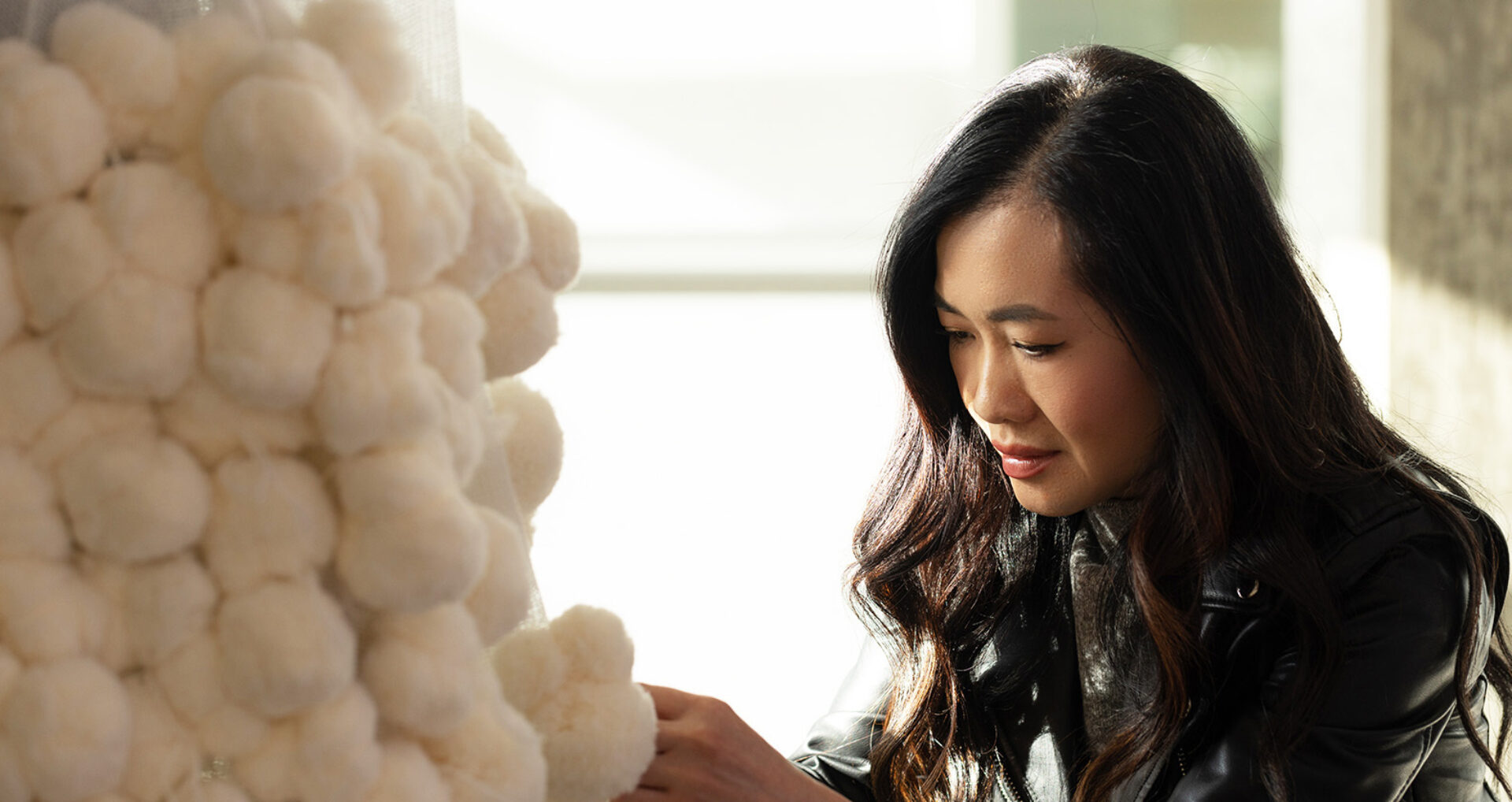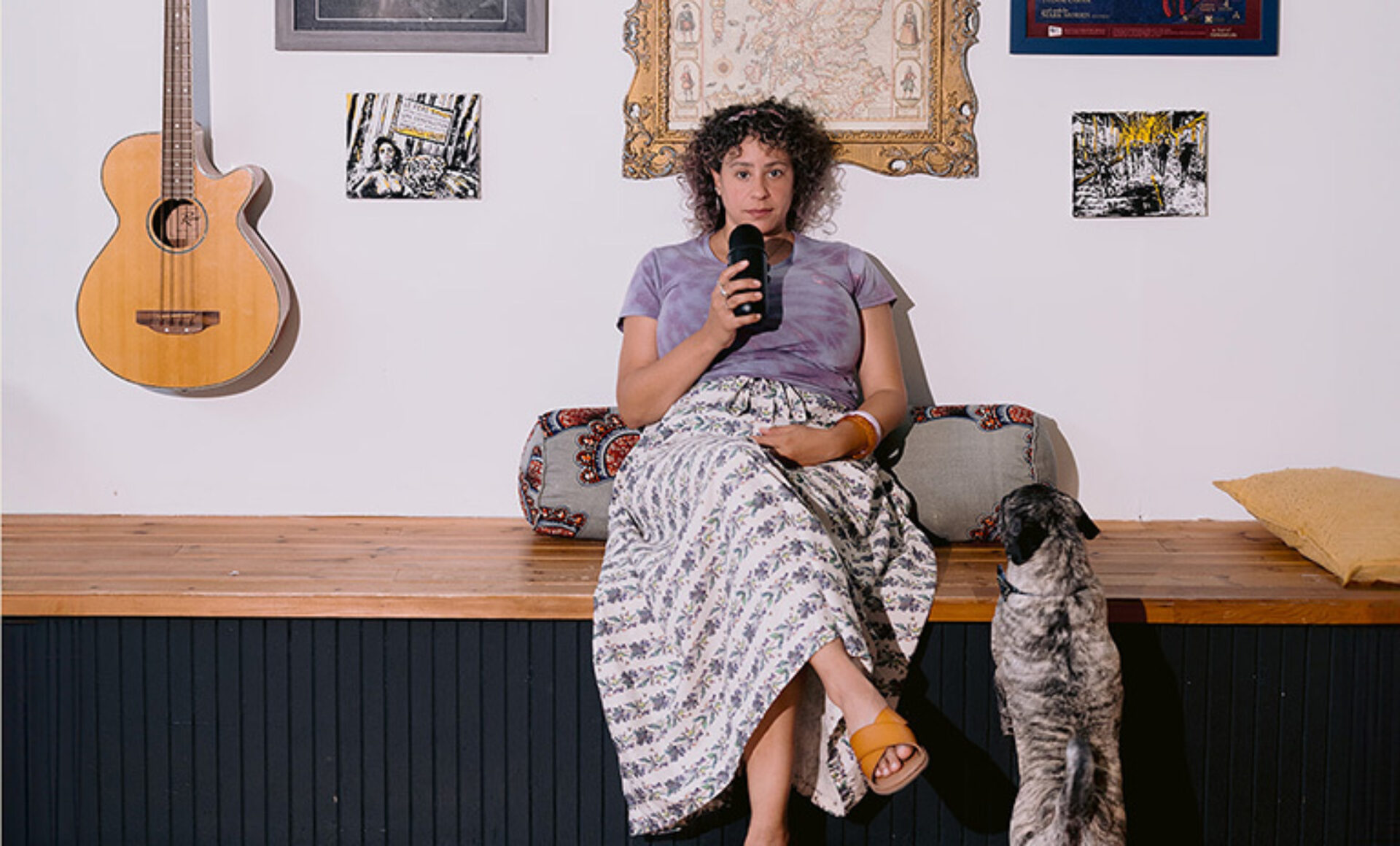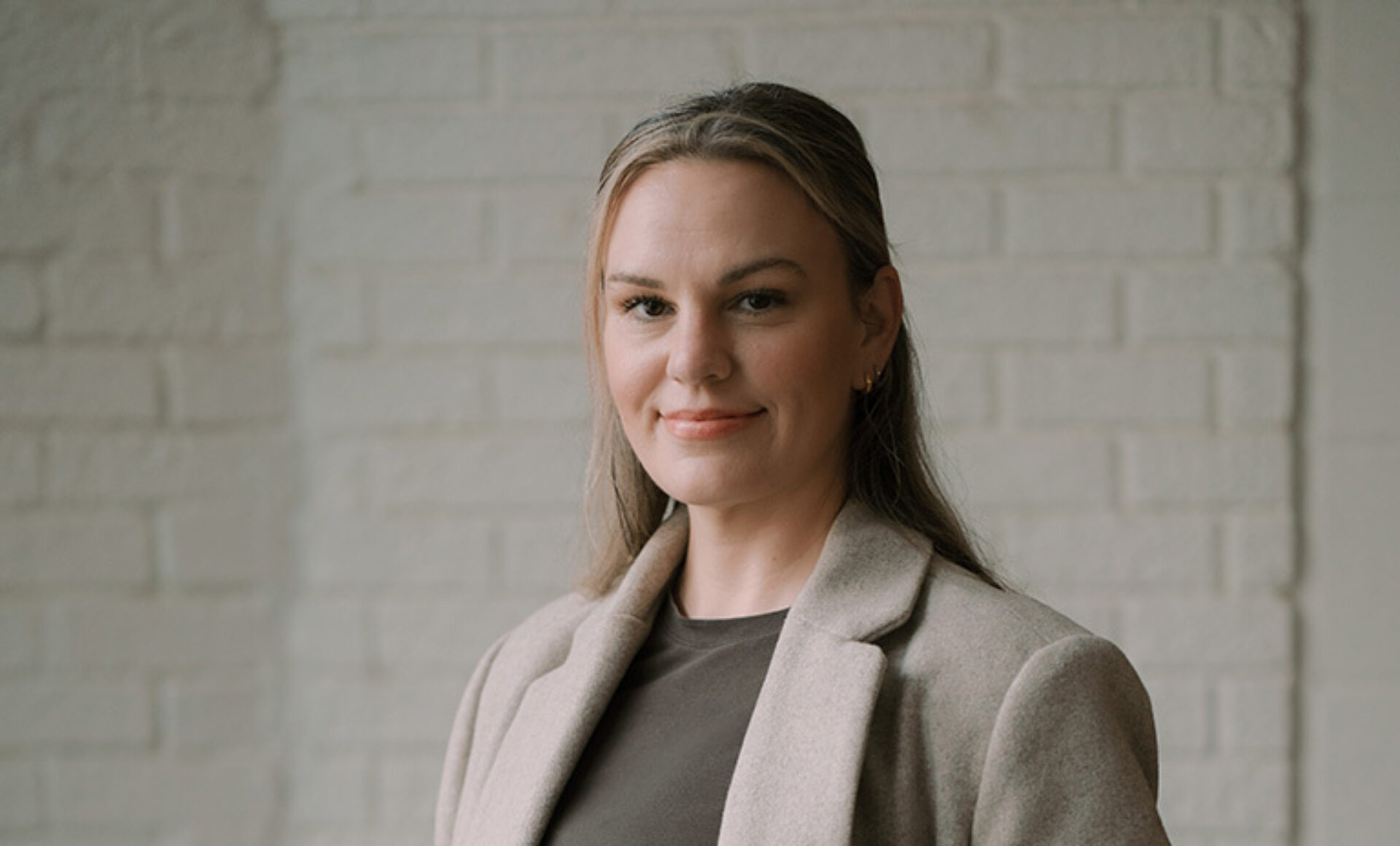(Above: Soulinda Mariano, VP of Campus Centers, IIDA Northern Pacific, Interior Designer, NBBJ. Image courtesy of Soulinda MarianoI)
In the second part of our two-part AAPI Heritage Month series, we spoke with four more AAPI designers about their distinct perspectives, design aesthetics, and inspirations
Earlier this month, to honor the heritage of Asian Americans, Native Hawaiians, and Pacific Islanders, we asked IIDA members to share their stories, inspirations, and distinct perspectives as AAPI designers shaping the future of the design. In part two of this two-part series, we hear from four more designers, including Raynette Aggabao, IIDA, senior interior designer at G70 and President of the IIDA Hawaii Pacific Chapter; Tina Li, IIDA, AIA, a commercial design manager at Bialek and member of the IIDA Mid-Atlantic Chapter; Soulinda Mariano, IIDA, an interior designer at NBBJ, and VP of Campus Centers for the IIDA Northern Pacific Chapter; and Ravi Rao, IIDA, associate and lead interior designer at Taylor Design and a member of the IIDA Northern California Chapter.
Responses have been lightly edited for length and clarity.
Tell us about the unique perspectives and experiences of the AAPI community that have, in your opinion, helped shape America broadly, and American design specifically.
Raynette Aggabao (RA): AAPI designers have played a crucial role in promoting diversity and inclusivity within the design industry. Our unique perspectives and experiences provide fresh insights and innovative solutions that challenge traditional norms and push boundaries. By amplifying underrepresented voices and advocating for greater representation, AAPI designers are helping to create a more vibrant and inclusive design community that reflects the diversity of America’s multicultural landscape.
Our cultural heritage, which is rich in traditions, aesthetics, and values, has been a major source of inspiration in the world of design, and our impact on America’s history is closely tied to our cultural values of connection, harmony, and respect for the land. In Hawaiian culture, the word “lōkahi” emphasizes the importance of balance and unity, while the phrase "Mālama ʻĀina" means caring for the land and promotes stewardship of the land and its resources. These values not only influence my approach to design and business but also reflect the broader contributions of the AAPI community to American society.

Tina Li (TL): Being Asian American means the blending of two cultures into its own unique identity that has really come into the spotlight in recent years through social media. I think the influence of different aesthetics permeates our daily lives in subtle ways.
Soulinda Mariano (SM): The Asian American Movement during the 1960s brought people of various Asian ancestries together and united us as what we now know as the AAPI community. This group has shown resiliency and determination to fight for equal rights, which factors into our unique experiences, upbringing, beliefs, and values that we bring into our design perspectives.
Ravi Rao (RR): The Asian American/Pacific Islander community has experienced significant growth and prosperity over the last four decades. When my parents settled in Colorado in 1972, the Indian community was small, maybe only a dozen families. This group became tight-knit as it grew, bonding through shared experience, and as folks from different regions in India continued to immigrate, our small community grew larger. Growing up in this community was very enriching. The children of my parents’ friends became my close friends, fusing a lifelong bond. Our parents orchestrated cultural programs to pass along their heritage and traditions to us kids. Learning at a young age the depth and breadth of my Indian heritage strongly shaped my design perspective.
Being half-American and half-Indian came with challenges as far as fitting in. But it offered a lens to see things from two perspectives, which heightened my curiosity. My design style harnesses that duality, bringing seemingly different elements together in a refined and cohesive way.
What unique barriers do AAPI designers face? What progress have you seen?
TL: I think as a whole, our immigrant parents taught us to be risk averse. This stereotype that we keep our heads down and work hard means we are creating our own glass ceilings.
The recognition of AAPI leaders in the industry means better representation and more visible role models for future designers. A whole month of AAPI appreciation means more designers are getting an opportunity to be in the spotlight.
RA: One significant challenge is the need for more representation and recognition of Asian American and Pacific Islander designers in mainstream design media and publications outside of AAPI Heritage Month. Historically, the design industry has been dominated by Caucasian perspectives, which can sometimes overlook or undervalue the contributions of AAPI designers. This lack of visibility can make it difficult to gain opportunities, access resources, and build networks within the industry.
I have seen encouraging progress in recent years. There has been a greater emphasis on celebrating cultural diversity and heritage in design, which has opened up opportunities for AAPI designers to showcase their unique perspectives and experiences. Some clients and consumers are seeking out authentic and culturally resonant designs, creating demand for AAPI designers who can bring these elements to life.

Overall, while there are still barriers that AAPI designers face, I'm optimistic about the progress that's being made toward greater inclusivity and recognition within the design industry. By continuing to advocate for representation, challenging stereotypes, and celebrating our cultural heritage, we can create a more vibrant and inclusive design community for generations to come.
SM: There seems to be a shortage of AAPI designers in senior leadership roles within the design industry. This makes it difficult for young aspiring designers, as they do not have visible role models representing their cultural backgrounds. Within the past few years, there has been an emphasis on DEI in the workplace, which includes racial, sexual, gender, religious, and socioeconomic backgrounds—not just the AAPI community—and my hope is that this will continue.
RR: AAPI designers, a resilient and diverse population, bring forth a multitude of perspectives, each navigating unique barriers with determination and grace.
In my personal experience, I was taught from a young age to assimilate and fit in to minimize my differences. I formed a habit of being reserved and quiet in my expressions. I struggled when louder voices in the group took up all the space; I would find less confrontational moments to voice my perspective and opinions. That concealed my leadership skills. Once I recognized how that habit was holding me back, I began to put more intention into speaking up and vocalizing my point of view.
There is a noticeable increase in the visibility of Asian Americans and Pacific Islanders in leadership roles within design firms, both big and small. This shift indicates our community’s progress and the growing recognition of our contributions. As a result, the next generation of AAPIs is increasingly viewing design as a profession where they can thrive—a testament to the changing landscape and the growing opportunities that are becoming more accessible to us.
Are there ways that your heritage or cultural background inform your practice?
RA: My cultural background as a fourth-generation American of Filipino-Hawaiian descent who was raised in both Los Angeles and the countryside of Oahu, Hawaii, in Haleiwa, has had a significant influence on my identity as an interior designer.
One significant way my upbringing informs my practice is through the concept of “kokua,” which in Hawaiian culture means help; it has a deeper meaning of helping others without expecting anything in return, and with no intent of personal gain. It also means to cooperate and pitch in without regard for self, and to have consideration for others. This concept translates to my skill of being hyper-observant of my surroundings and the needs of others and informs how I design solutions that address the client’s needs.
Additionally, the concept of family is central to Filipino, Hawaiian, and Mexican culture, and it informs my approach to creating spaces that foster connection and belonging. Whether I’m designing a food and beverage establishment where families can gather and share stories or a welcoming hospitality space that feels like a home away from home, I strive to create environments that evoke a sense of warmth, inclusivity, and community.
TL: We are all shaped by our individual experiences and upbringing. I was born in Taiwan, raised in Texas, and currently reside in the Washington, D.C. area. My mother has her own fashion line in Taiwan, which really helped me to appreciate pattern and develop a love for bold colors. I often work with clients to show that a pop of color can make a big impact on a neutral, timeless palette, and bring life to a space.
SM: Most Asian cultures emphasize group cohesion, teamwork, and shared decision-making. There is a mutual respect between colleagues and a desire for harmony within a team. When there is harmony within a team, everyone does their best and works together to accomplish their goals.

RR: From a very young age, I was fortunate to travel internationally. The main reason for these trips was to visit our family back home in India. Along the way, we stopped at other international destinations for mini-tours before time with extended family. These trips opened my eyes to the diversity in design. We stopped in places like Germany, Singapore, Amsterdam, Dubai, and Japan, to name a few. In each location we visited, we could see how they carefully crafted buildings, art, and landscapes to tell a unique story about the people who inhabit these spaces.
Then, while visiting family in India, I had the unique opportunity to immerse myself in both rural and metropolitan areas, experiencing the lives of my family members. The mundane of everyday life was unique and special, offering a glimpse into a world so different from my own. I also learned the “why” behind various local customs, deepening my understanding and connection to my roots.
What are you currently inspired by?
RA: Juxtaposing concepts and finding creative solutions to make them work in harmony—which seems on brand since I was raised in two very different places.
I am also deeply inspired by the current and upcoming projects that our design team will be working on, because that’s when I get to play (design) with all of the visual and audible noise that I have been digesting from my curated content across Instagram, Pinterest, YouTube, and various podcasts. This content includes but is not limited to interior design, manufacturing, furniture design, runway fashion, art, architecture, music, film, economics, market trends, socioeconomic trends, and psychology.
TL: My Instagram feed is filled with traditional crafts like crochet, embroidery, and weaving, which reflects my passion for small details and slow design. The intersection of new techniques, such as 3D-printing and pattern-making, with these crafts is fascinating.
SM: I’m inspired by many things but find myself most frequently drawn to nature; I’m constantly looking for ways to incorporate natural elements into the design of space. Giving people access to biophilic elements, such as natural lighting, plants, and other natural elements creates a more productive and healthy built environment for everyone.
RR: I’m drawing inspiration from the sculptural flower practice called ikebana, the centuries-old Japanese art of arranging flowers that roughly translates to “making flowers come alive.” Within these arrangements, at least two “structural” elements provide support from which the arrangement stems. Looking at these sculptures, a sense of disbelief first comes to mind. And then you see grace, simplicity, and hidden strength.







